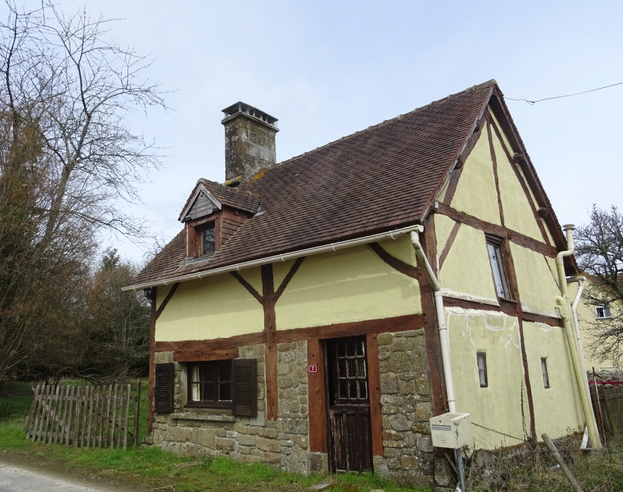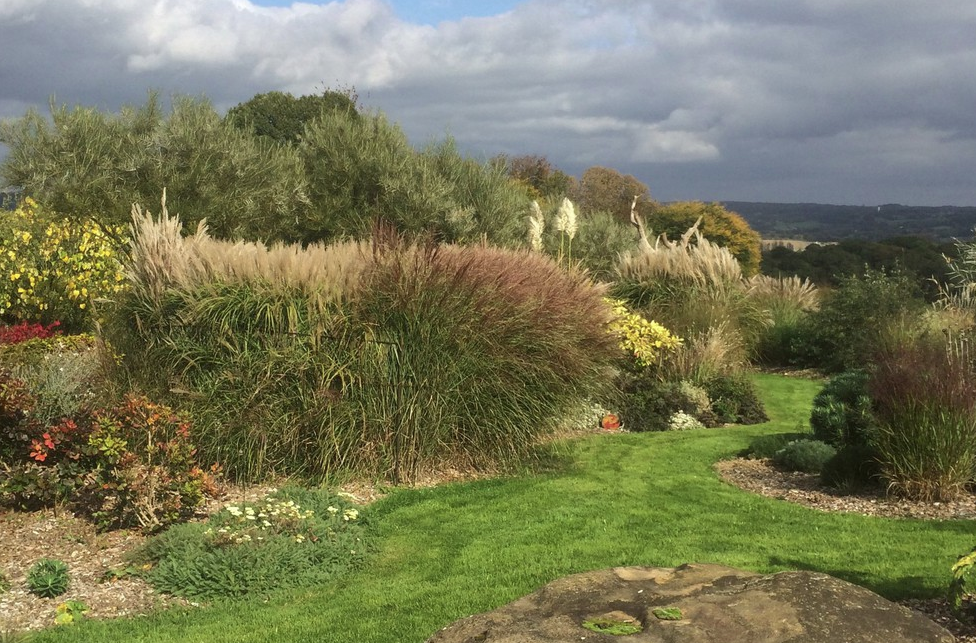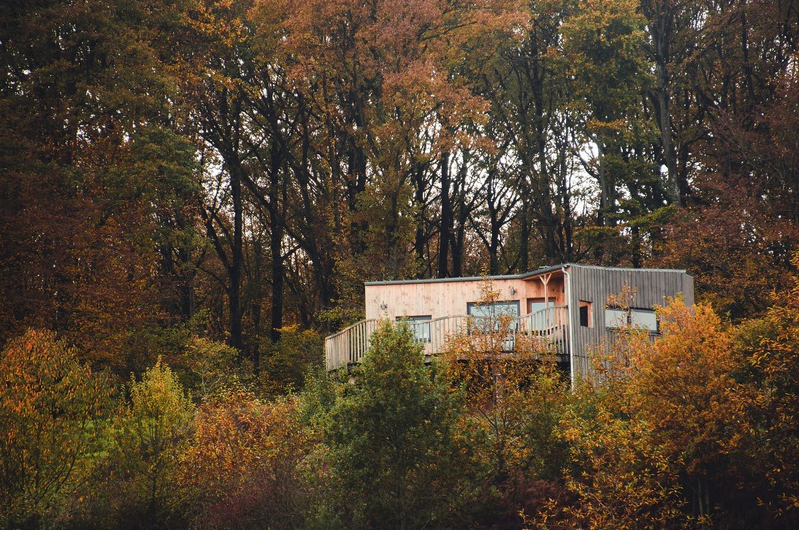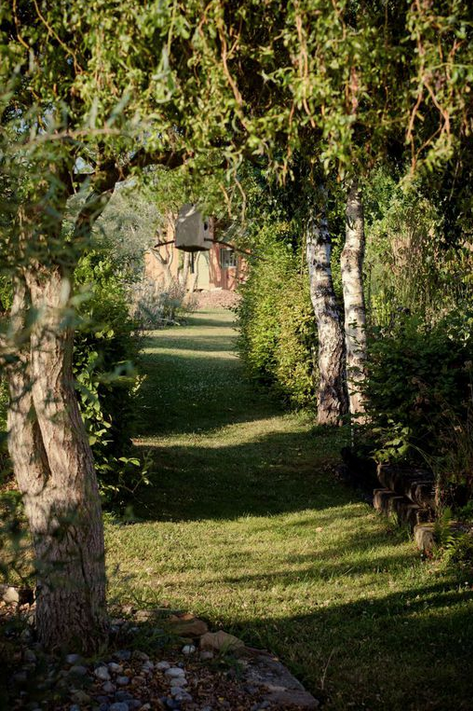It’s been about six months since my last post, in mid June I resumed swimming after more than a year’s lapse. By early August the Delta variant interfered. The booster in late September and numbers of cases decreasing in metro Atlanta allowed me to get back in the pool by mid October, now I’m back to my regular just under a mile laps. It’s also been lovely to resume some socializing, although I still haven’t gone to any galleries or visited a museum. The new variant found in South Africa is troubling, especially if it disrupts the lap regimen again.
The virus isn’t stopping all plans; two old friends are strategizing on how to make a move, one is heading to France and the other to Italy. Upper Normandy is one friend’s quest for purchasing his first house, which may end up being a historic fixer-upper in some quaint village in Orne or Manche.
Self-imposed painting residency in Bretagne, here I come! I’ve spent time in Tuscany and Umbria but have never visited rural France. I speak and understand French much better than Italian, but practice ahead will be needed. There is a stunning nature reserve, with a couple of treetop and hilltop rental structures in the Perche, in the beautiful green valley of Bellou-le-Trichard. A perfect base for painting and exploring organic farms in the area, it’s about an hour east of Orne, where my pal is looking to buy. And only a couple of hours south of Paris.
If the virus gives us a break and I can rent out my future ADU (code for painting studio in my backyard), then that might easily cover a month or even a year long European sojourn. I’ve been dreaming about adding a detached studio for years, now seems like the time. During my working years, annual painting trips to coastal areas of the Pacific Northwest, Vancouver Island and mountains of northern British Columbia offered inspiration and experiences that weren’t possible with either friends or partners in tow. My late best friend was a good traveling companion and we met up at jazz festivals in various cities and countries, but sketching with her around was a challenge. Arts residencies are an option, but I’m not always invested in the location. Traveling alone is my preference to be able to paint on site, and a trek to somewhere new has been delayed for too long. The storage facility around the corner can also come in handy, if my house were to be rented out for longer periods.
As for art here in the states, I’ll miss the Titian exhibit at the Isabella Stewart Gardener museum in Boston. Six of his works are on exhibit until Jan 2, 2022 and have not been shown together since the mid 1500s when the artist was commissioned by King Philip II of Spain to produce the series. The Joan Mitchell retrospective is traveling from SFMOMA and ending up in Paris at the Fondation Louis Vuitton in the fall of 2022, which I hope to see. In the Nov. 4 issue of the NYRB, Jed Perl offers an astute and brilliant review of the exhibit. I traveled from South Bend, IN to NYC in 2002 to see Mitchell’s much smaller exhibit at the Whitney, which was stunning. Perl doesn’t seem to be on Twitter but a snippet from the review can be found: “In our all-or-nothing culture, creative work is too often either apotheosized or ignored. You’re a rock star or you’re nothing. The public has little appetite for nuance. This makes it difficult to write about the achievement of Joan Mitchell.â€
The Stanley Whitney video on the SFMOMA website, in which he masterfully describes how Mitchell painted, is a delight. He ‘gets’ what any good colorist sees in Mitchell. As one of my early influences, she’s still relevant. No one can paint like her, no one can summon up the emotional context that so obviously springs from her deep love of nature.
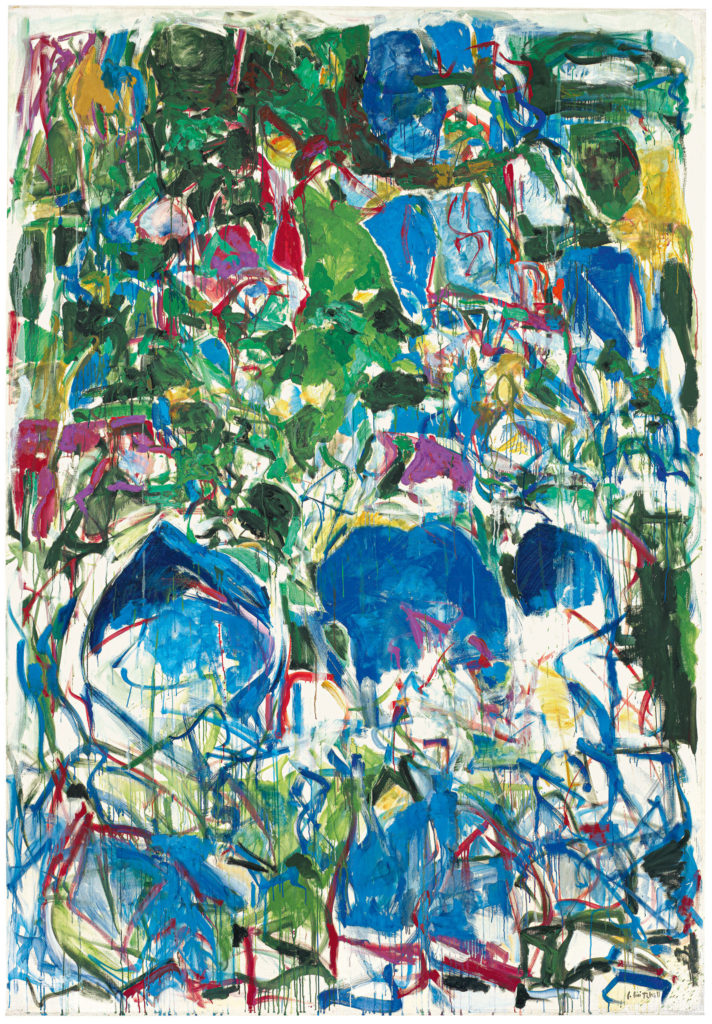
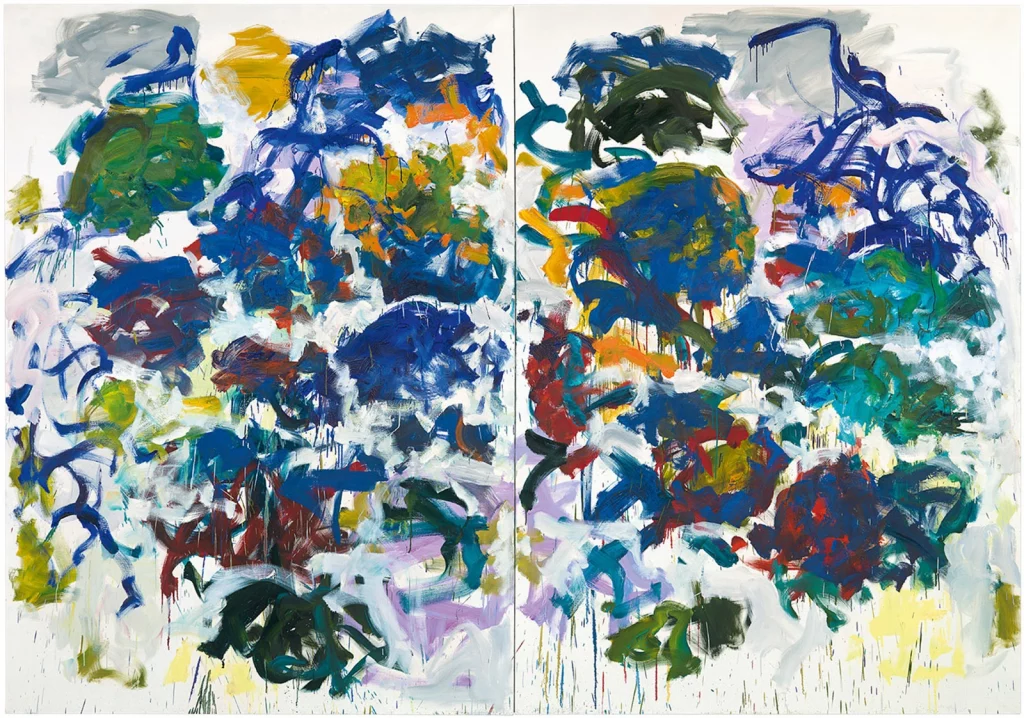
It’s been exhilarating to be vigorously exercising again and feeling halfway normal. My painting has suffered productivity issues, but the work has been full of gestural, exuberant colors as if to make up for the slowing of our everyday lives.
One of the better choices I made in the first few months of 2020, was training to become a Master Gardener, courtesy the UGA/DeKalb County Extension program. The classes switched to virtual in early March, the 2o2o class is slated to celebrate our certification this December. Volunteering at the Wylde Center in Decatur has widened my knowledge of native plants and of relationships between cultivation and the wild. For years I’d been yanking out ageratum, a native wildflower and pollinator with tiny blue pincushion tufts – thinking it was a weed. In fact, it was a well adjusted plant in my yard. Even a landscaper friend had urged me to dig up the prolific native pokeweed (Phytolacca americana) in my yard, which many songbirds love for its purple seeds. A Wylde volunteer told me that the plant is revered in parts of Europe and it is beautiful, if deadly poisonous.
The Wylde team has shared links to various webinars given by experts like entomologist and ecologist Doug Tallamy (based in Chester County, PA, where I lived from 2004-2010), scientist and author Robin Wall Kimmerer, whose latest book, Braiding Sweetgrass, has informed my current less is more approach in my own gardens and yard. Other wonderful zoom presentations included Thomas Piper’s film Five Seasons, on Dutch garden designer Piet Oudolf and the International Plant Exploration program with Scott McMahan of Atlanta Botanical Garden.
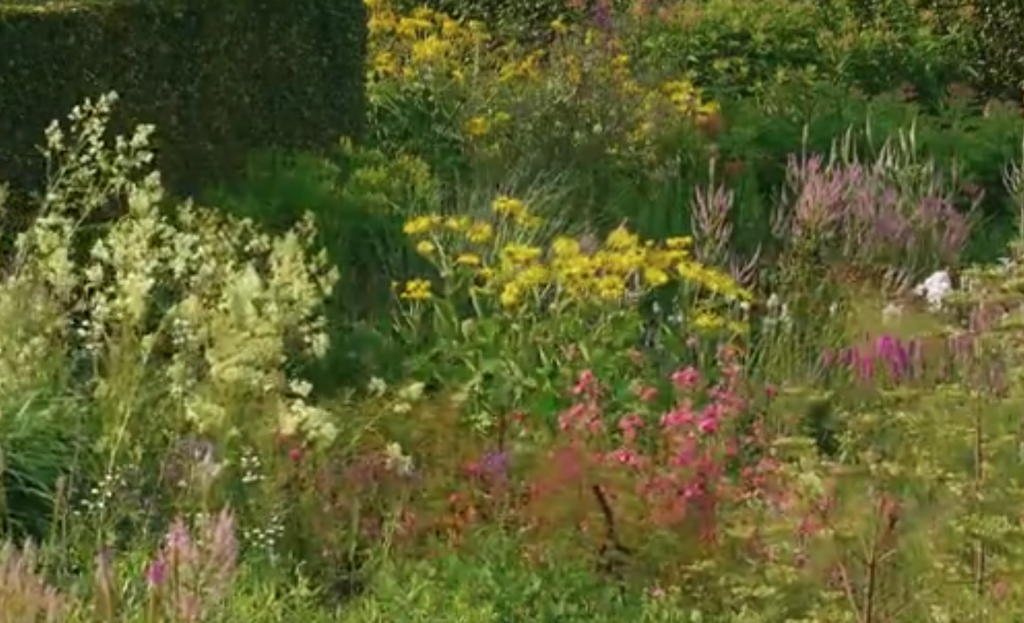
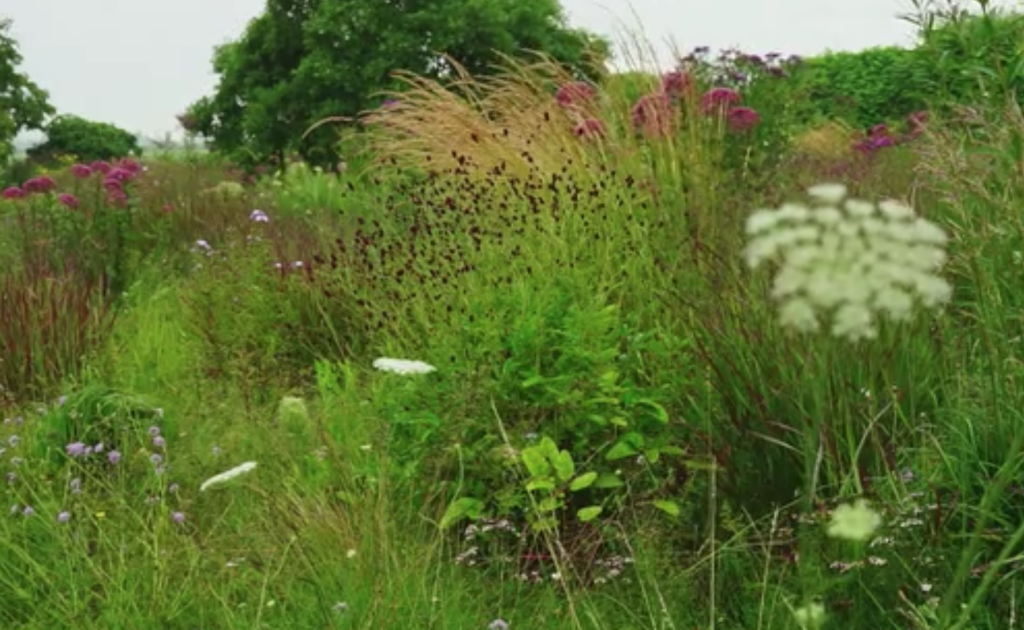
Decades of living and working land organically, next to wild blueberry fields in Nova Scotia or on top of a rocky outcropping in the mountains of western Maine also offered me a unique perspective on nature. My yard in Chester County PA had backed up to a former horse farm and the region had some of the most fertile soils in the world, mollisols. Along with ample rain, it was easy enough to grow almost anything.
It’s rare that anyone experiences nature closely – unless they’re an artist, botanist or gardener. We tend to engage more often with plants and tiny critters. Looking intently is also the painter’s task, both vocations intersect. As a result, I’ve planted more natives in my yard, intentionally adding verticals for spatial interest, and more variety for color. My bank of studio windows is ideally positioned to view the gardens and backyard. Robin Wall Kimmerer writes beautifully and poetically about seeing and listening to the way rain falls differently from say, cedars or maples or moss, in her book Braiding Sweetgrass. Barry Lopez has a more journalistic and travelogue approach in his last book, Horizon. Both authors pay homage to the natural world in their works. Lopez was an inveterate traveler for most of his life. The drive to experience new ideas, places and vistas seems to be ingrained in most artists and my own wanderlust is on high alert these days.

